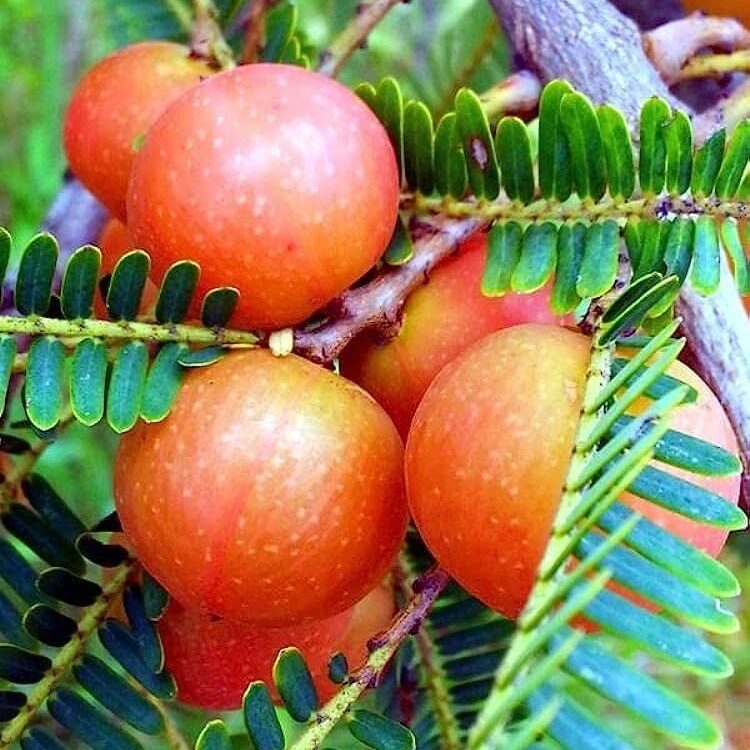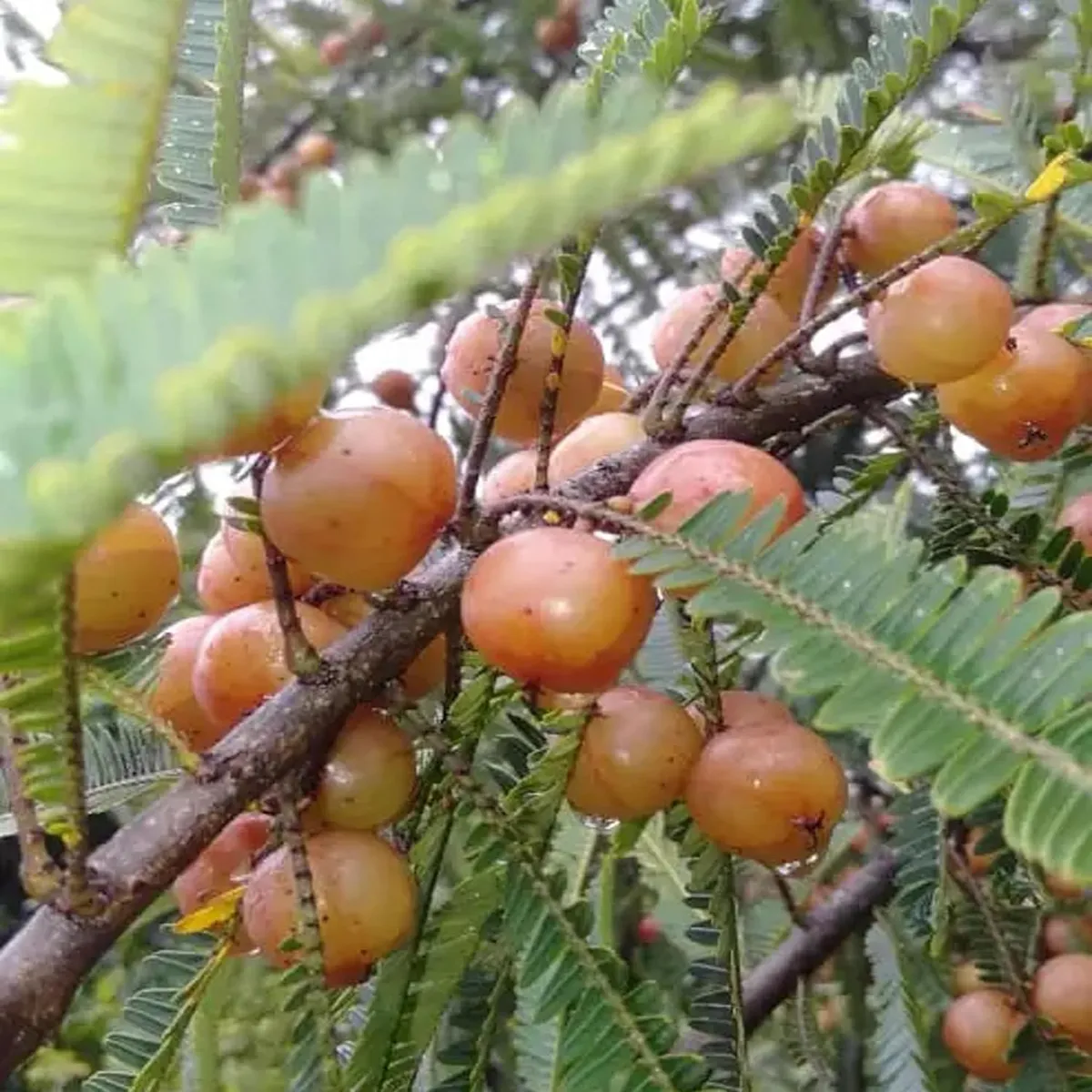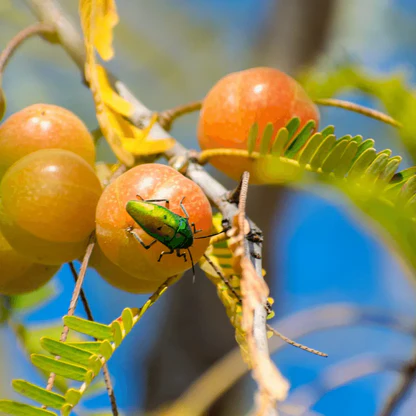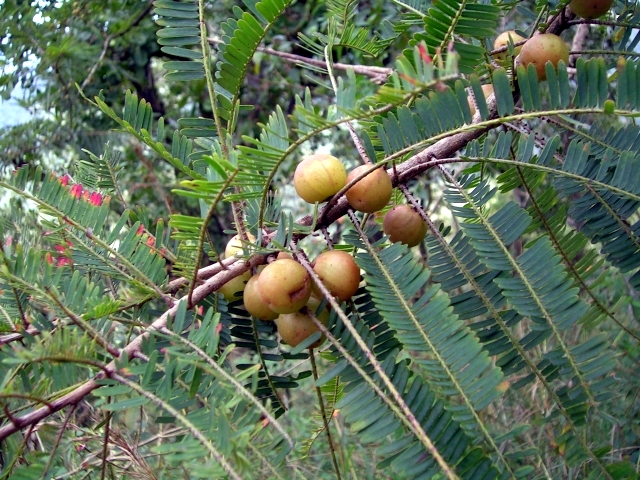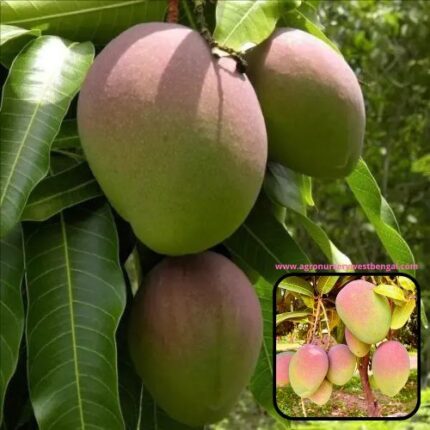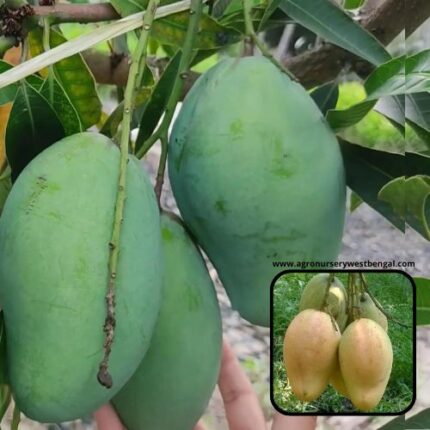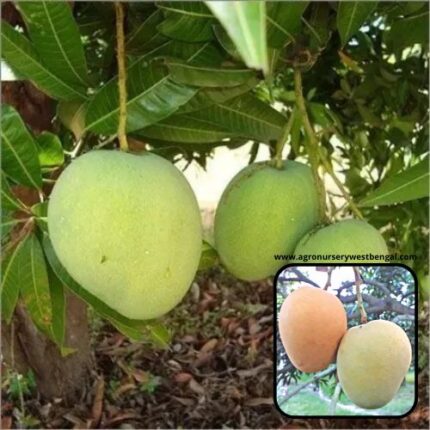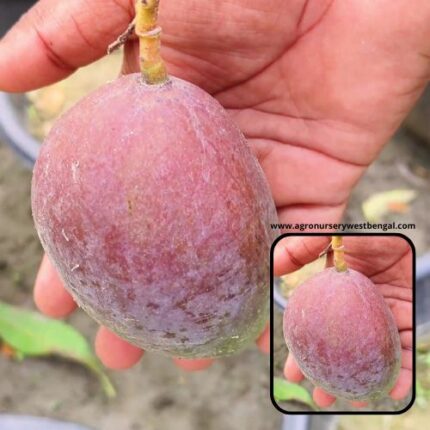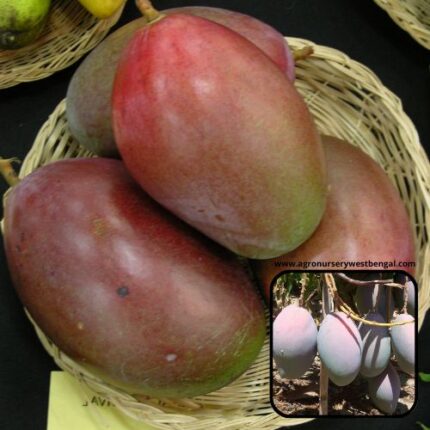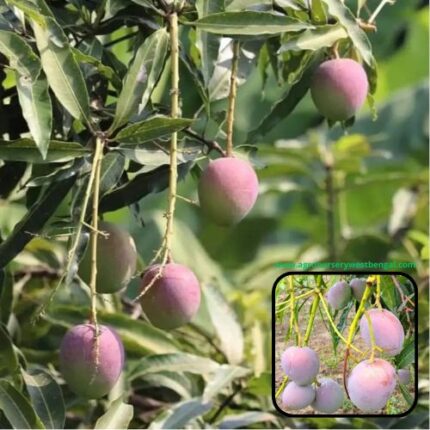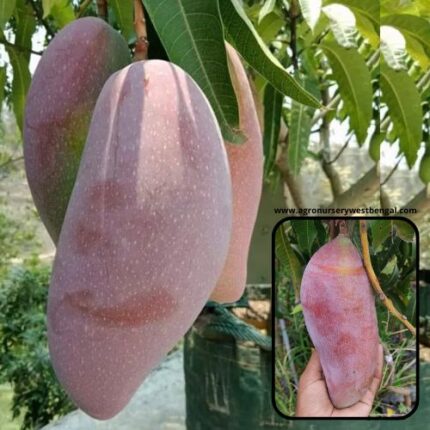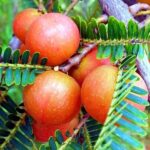
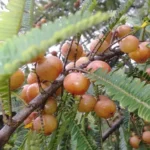
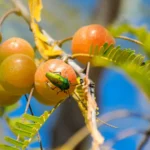
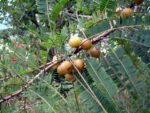
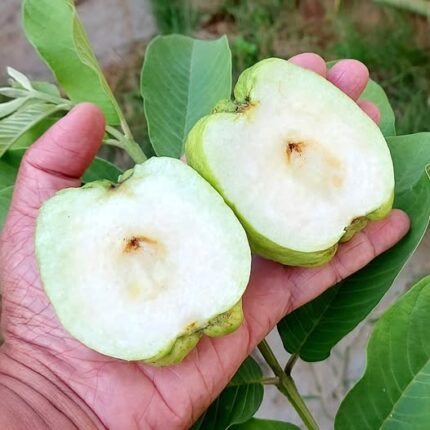
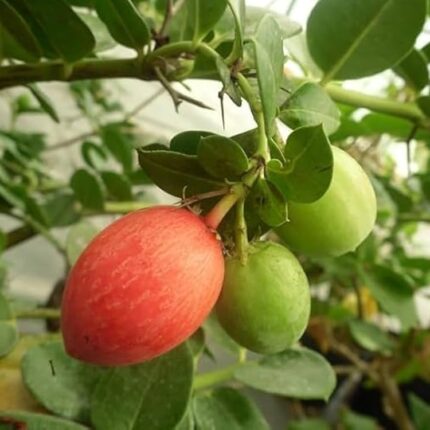
Red Amla fruit plants
₹829.00 Original price was: ₹829.00.₹489.00Current price is: ₹489.00.
“Red Amla,” also known as Red Indian Gooseberry (Phyllanthus emblica or Emblica officinalis), is a unique and often sought-after variety of the traditional green amla. While sharing many of the well-known health benefits of its green counterpart, it stands out primarily due to its distinct color and sometimes a slightly different flavor profile.
Here’s a detailed description of the Red Amla fruit:
-
Appearance:
- Shape and Size: Red Amla fruits are typically round to spherical, similar to the common green amla, but sometimes slightly larger. They usually range from 2 to 3 cm (0.8 to 1.2 inches) in diameter.
- Color: This is its most distinguishing feature. While immature, it might appear greenish, but as it matures, the skin develops a beautiful light red to deep reddish-purple hue. This vibrant color sets it apart from the more common dull green or greenish-yellow amla. The skin is usually smooth and glossy.
- Internal Structure: When cut, the fruit reveals a firm, fibrous flesh that can also have a reddish-pink tinge, especially closer to the skin. It typically has six distinct vertical stripes or furrows on its surface.
- Seeds: Like other amla varieties, it contains a hard, stony seed (or usually 1-3 small seeds) in the center, which is inedible.
-
Taste and Texture:
- Taste: Red Amla is known for its complex taste profile, which is typically tart and tangy, but often with a subtly sweeter undertone compared to the more intensely sour and astringent common green amla. It still retains the characteristic astringent aftertaste that is a hallmark of all amla. This slight sweetness can make it more palatable for fresh consumption for some individuals.
- Texture: The flesh is firm, dense, and crunchy, even when fully ripe.
-
Botanical Characteristics and Cultivation:
- Red Amla grows on a medium-sized deciduous tree. It’s often propagated through grafting for faster and more consistent fruit production.
- Native to the Indian subcontinent, it thrives in tropical and subtropical climates and is valued for its hardiness and adaptability.
-
Seasonality:
- In India, Amla generally has a harvest season from February to September, though specific varieties like Red Amla might have peak periods within this range.
-
Nutritional Value and Health Benefits:
- Red Amla is a nutritional powerhouse, highly revered in Ayurvedic medicine. Its benefits largely mirror those of green amla, but its red color indicates the presence of specific phytonutrients. It is exceptionally rich in:
- Vitamin C: One of the highest natural sources of Vitamin C, providing immense immune-boosting properties, aiding in collagen production for skin health, and acting as a powerful antioxidant.
- Antioxidants: Abundant in various antioxidants, including polyphenols, flavonoids (like anthocyanins that give it red color), tannins, and gallic acid. These compounds combat oxidative stress, reduce inflammation, and may offer protection against chronic diseases like heart disease, diabetes, and certain cancers.
- Dietary Fiber: Promotes healthy digestion, aids in regular bowel movements, and can help in weight management.
- Minerals: Contains potassium, calcium, iron, and phosphorus.
- It is often associated with benefits for hair health (promoting growth, preventing premature graying), eye health, liver detoxification, and blood sugar regulation.
- Red Amla is a nutritional powerhouse, highly revered in Ayurvedic medicine. Its benefits largely mirror those of green amla, but its red color indicates the presence of specific phytonutrients. It is exceptionally rich in:
-
Culinary Uses:
- Fresh: Due to its slightly sweeter and less astringent taste, Red Amla can be consumed fresh by some, often with a sprinkle of salt.
- Juices and Beverages: Widely used to make highly nutritious juices, often blended with other fruits or honey to balance the tartness.
- Traditional Preparations: A staple in Indian cuisine for making:
- Murabba: A sweet preserve where whole amla fruits are candied in sugar syrup.
- Pickles (Achar): Spiced and preserved in oil.
- Chutneys: Savory condiments.
- Candies/Supari: Dried and sweetened pieces.
- Ayurvedic Preparations: A key ingredient in various Ayurvedic formulations like Chyawanprash.
In essence, Red Amla is a vibrant, highly nutritious, and slightly less tart variant of the Indian Gooseberry, cherished for its health benefits and versatility in culinary and medicinal applications.

